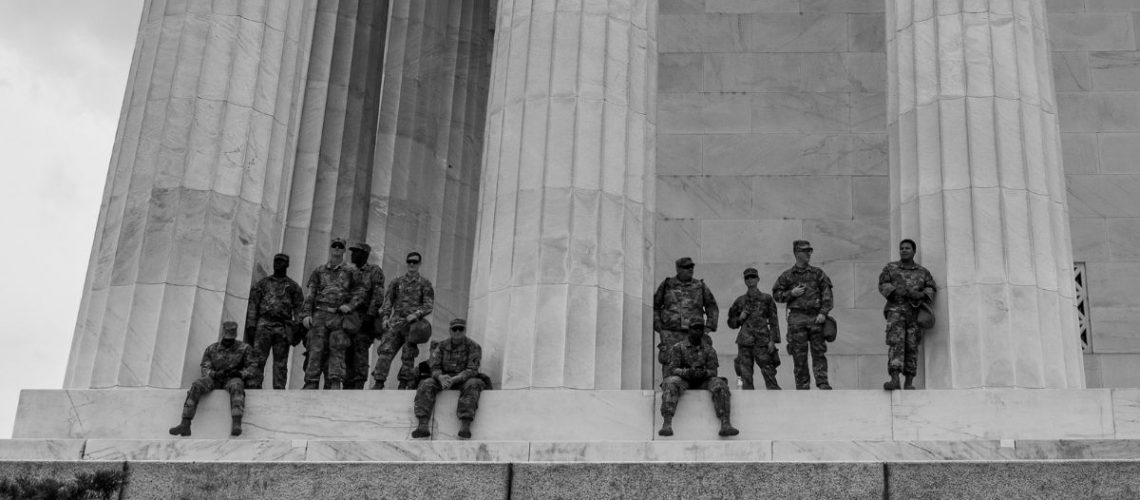For many of our nation’s heroes serving in uniform, the transition back into civilian life can be a challenging one. One of the most pressing issues that is regularly at the top of priority lists for how we can better serve our veterans is ensuring that they have opportunities for employment in the private sector. There are many marketable skills that veterans acquire through their military careers and veterans go on to work in countless industries across our country. Many veterans end up working in government. Yet, the data suggests that for the veterans who do end up working in government, the pay is often less than what their counterparts are earning.
Difference in Salaries
According to data presented by GovExec.com, the difference in salaries earned by non-veterans working in the federal government is markedly higher on average than those earned by veterans. When comparing the figures available for 2016, “the executive branch employed more than 635,000 veterans in fiscal 2016, but vets earned on average $11,000 less than non-veterans.” For full time employees, non-veterans earned on average, $86,746 per year, while veterans made $75,707. This is approximately a 13% pay gap and is consistent with similar disparities in average pay from 2015.
This may in part be explained by the differing professions that each group typically pursues. “About 45 percent of vets hold administrative positions compared to roughly 37 percent of the overall federal workforce, and though only about 8 percent of federal employees hold blue collar positions, 14 percent of vets find themselves in blue collar jobs.”
Veterans in the Federal Workforce
However, as GovExec points out, part of the pay disparity may also be reflective of the higher turnover rate among veteran hires in government, compared to their non-veteran peers. “the retention rate of veteran new hires stood at 74.2 percent in 2016, compared to 78.4 percent for non-vets. This means veterans are 4.2 percentage points less likely than non-vets to still hold their jobs two years after getting hired.” Less longevity at a job typically results in lower pay and if veterans are statistically less likely to remain at a similar position to a non-vet, average pay over time is also likely to trend downward for veterans.
But one silver lining from the 2016 data is that the number of veterans working in the federal government has been slowly trending upward over time. “As of Sept. 30, 2016, veterans represented roughly 31.1 percent of federal employees, up slightly from 30.9 percent at the same point in 2015 and 30.8 percent at the end of fiscal 2014.” This may be thanks in part to an executive order passed by President Obama in 2009. The executive order issued instructions for federal agencies to provide greater employment opportunities for those who have served. GovExec notes how this has steadily paid off for veterans over the ensuing years. “The percentage of vets working in government agencies has grown 5.3 points since 2009, when they made up about a quarter of the federal workforce.”
The variables of pay, position, and time on the job appear to be contributing to a general trend of dissatisfaction for veterans who spend part of their careers working in government. In 2019, the Government Accountability Office (GAO) released a report studying four years of data (2014-2018) examining veterans in the federal workforce. The objective was to establish how well President Obama’s executive order was implemented by the government. According to Yahoo News, the study seemed to confirm that veterans were simply less satisfied working in government than their non-veteran peers. “Veterans leave their government jobs at higher rates than non-veterans due to a variety of issues, including dissatisfaction with the “meaningfulness” of the work.” And lower pay is one of the driving forces sending veterans out of government employment faster than their peers.
Image Credit: Photo by Koshu Kunii on Unsplash
The number of Veterans serving in Congress beginning in 2021 is lower. Here is a breakdown of the 91 Veterans serving in both the House and Senate in the 117th Congress, according to Defense News.


